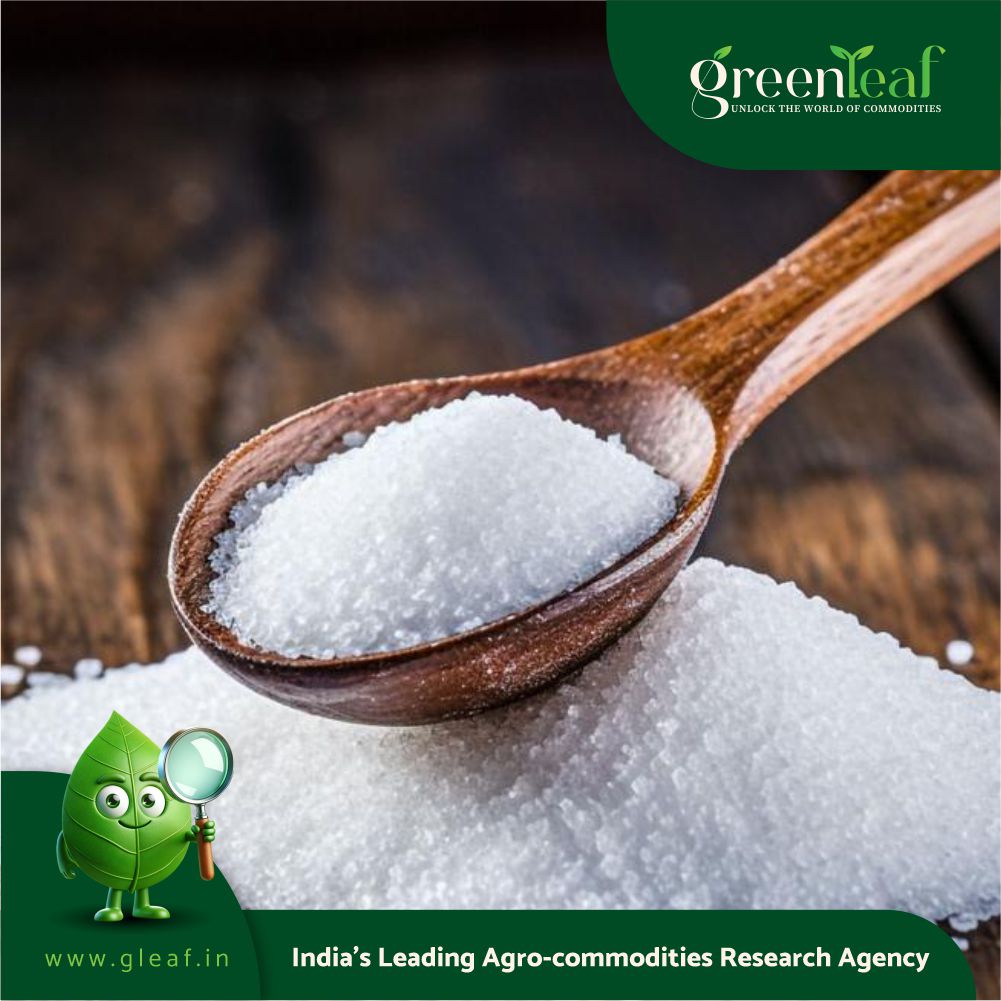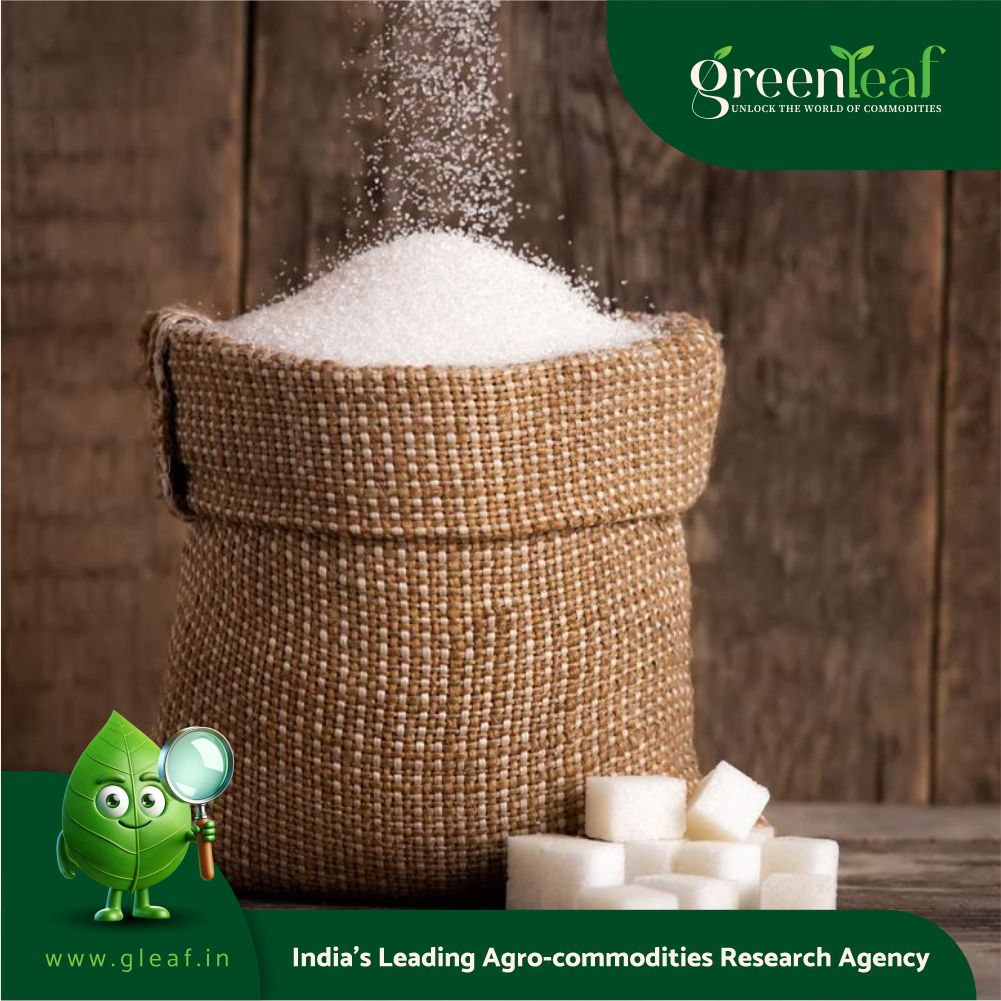Import tariffs increased by India over the last decade have primarily been on cereals, sugar and sugar products, toys and footwear, according to a Moneycontrol analysis.
The year 2023 marked the first non-Covid year in the National Democratic Alliance government’s decade in office during which India reduced tariffs on more goods than it raised on them, and data from UNCTAD indicated that the average tariff rates increased on most commodities between 2013 and 2023.
Among these goods, the average tariff increase on footwear imports was among the highest, at 23.8 percentage points, while cereals witnessed a 17 percentage point rise in tariff rates during this period.
Tariff increases on cereals were not an anomaly, and even when tariffs across most categories were being cut during 2004-13, cereals witnessed a 13 percentage point rise, whereas NDA’s first full term under Prime Minister Atal Bihari Vajpayee between 1999-2004 saw a 30 percentage point rise in tariff rates on cereals.
Tariffs on toys, sugar and sugar products witnessed a 13-percentage point rise between 2013 and 2023.
Dairy imports have been another recipient of steep tariff hike, as tariff rates on imports into India went up nearly 8 percentage points. A similar rise was also witnessed for vehicles where India has built up a manufacturing base.
Electronic import tariffs rose by a smaller margin of just 2.3 percentage points during this period, with most of the rise coming between 2022 and 2023, when India introduced the PLI scheme in the sector.
In contrast, the previous decade (2004-13) witnessed a steep reduction in tariffs with nearly 20 percent drop in tariffs across most commodities like electronics, toys, apparels, chemicals and pharmaceutical products.
A Moneycontrol analysis had shown that over a fifth (22 percent) of nearly 5,000 products imported between 2013 and 2023 saw a rise in tariff rates, while just 9.4 percent witnessed a fall. Between 2004 and 2013, 84.3 percent of witnessed a fall in tariffs, and only 3.5 percent saw a jump.
















